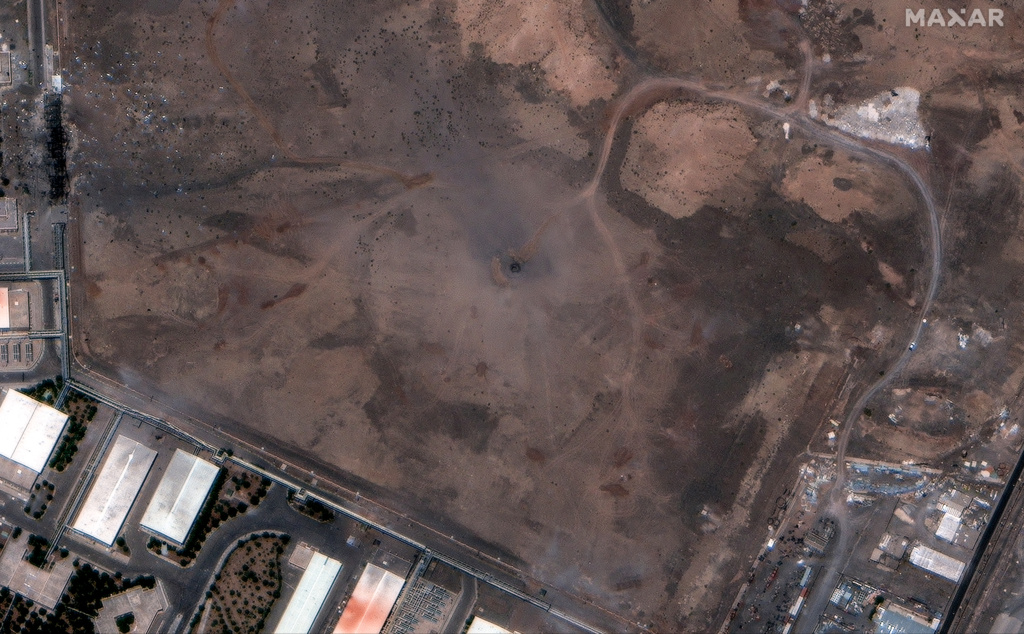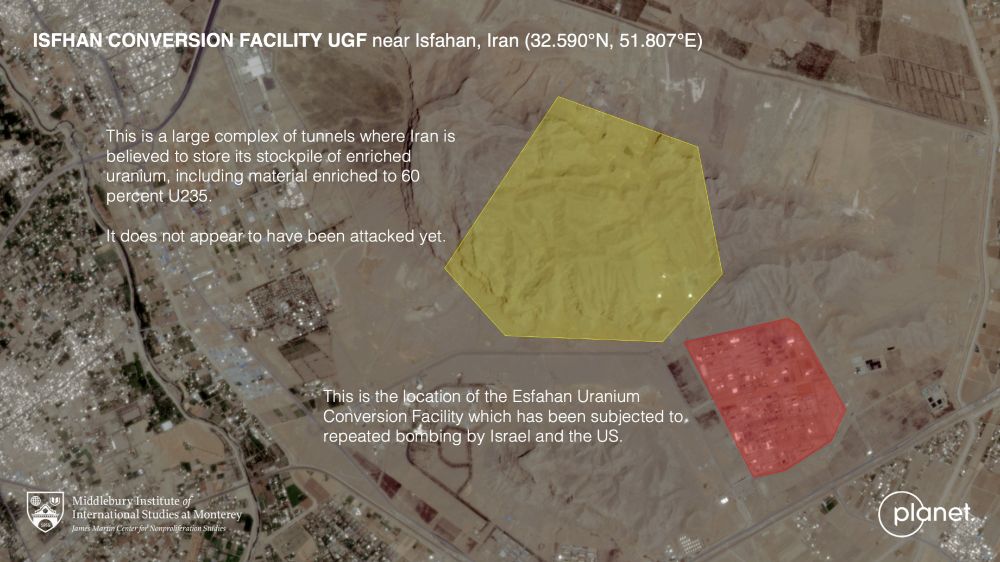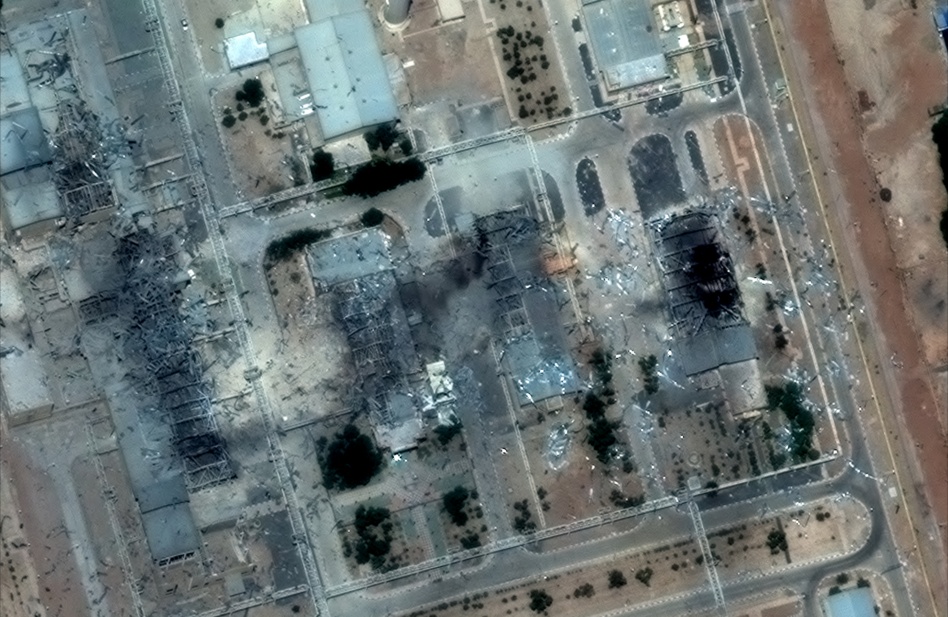When American B-2 bombers and cruise missiles fired from a submarine struck targets in Iran Sunday as the US joined Israel’s war on the regime in Tehran, private sats were keeping a watchful eye from above.
The images from space provided information to intelligence agencies the world over—plus independent analysts, investors and journalists. What they spotted helped shape the narrative over what happens next.
What was hit: The US focused its strikes on the protected infrastructure for Iran’s nuclear weapons program—one of the world’s most closely monitored. Notably, the US deployed GBU-57 massive ordnance penetrators (MOPs) for the first time, which are specialized bombs that penetrate deep into the ground before detonating.
Maxar spotted a crater that measured 18 ft (5.5 m) in diameter, around an underground nuclear enrichment facility in Natanz, Iran—thought to be a sign of an MOP strike.

Planet Labs documented cruise-missile strikes that seemed to destroy facilities at a missile base in Kermanshah:

What wasn’t: The raid was impressive, but did it succeed? While President Donald Trump initially declared that one nuclear enrichment plant was “completely and totally obliterated,” today the administration acknowledged that Iran likely still has control over its uranium stockpile. Experts caution that it is still too early to say with any certainty what the result of the attacks will be.
Jeffrey Lewis, a professor at the Middlebury Institute of International Studies, used commercial satellite imagery to analyze the attacks. He noted that Airbus satellites spotted trucks arriving at a facility in Fordo to bury tunnel entrances, and perhaps move enriched fuel.

Lewis also cited Planet imagery, which in his analysis, showed that some facilities thought to be producing enriched uranium were not attacked at all. He estimates that Iran could still likely produce enough weapons-grade uranium to make an atomic bomb in five months.

A View to a Kill: The EO industry is not only enabling new capabilities for the military, but also allowing civilians to better understand and question what the government is doing abroad.




